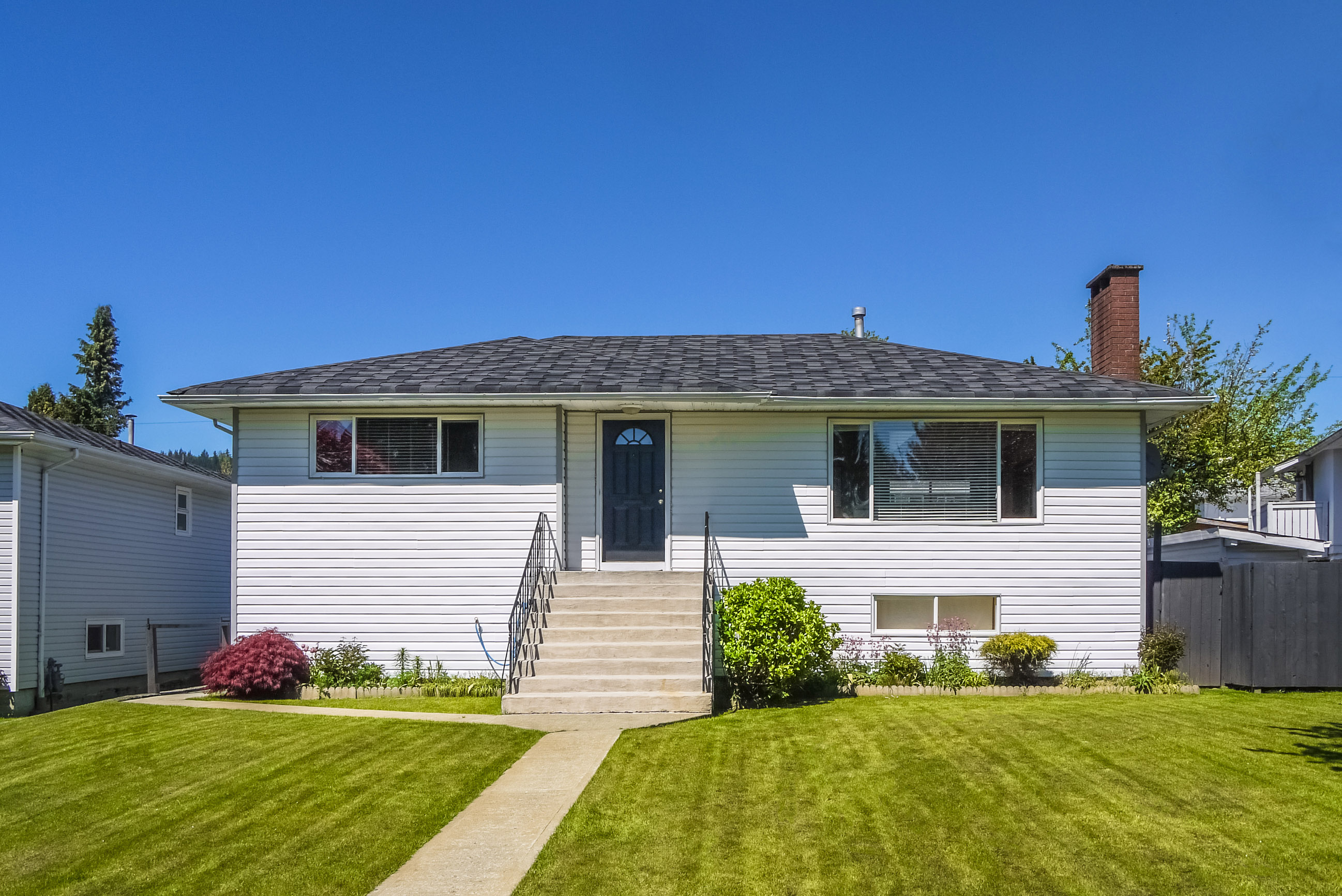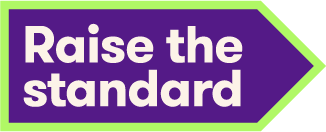If you own a rental property, it’s likely you already know about the new healthy homes standards that came into effect on 1 July 2019. Landlords must already maintain their rental properties, but under the new standards, some will need to improve the quality of their property too. While it will ensure better and healthier homes for Kiwis, it can seem a bit overwhelming in the short-term. You might have questions like ‘What does this mean for me and my property?’ or ‘Is owning a rental property still a smart investment?’
The good news is that real estate is still a great asset. If you are willing to invest in keeping it healthy you won’t need to do as much maintenance in the long run. Plus, happy and healthy tenants are more likely to stick around and pay rent on time. Keeping your rental healthy will also remove any last-minute stress if your circumstances change and you were to sell the property.
Get ahead of the game and sort out your property now, by investing in a few key areas. Here are four easy steps to help make sure your investment is healthy and ticks all the boxes.

1. Find out if your rental is up to scratch
Before you get started, read up on the latest changes in regulation. The standards cover heating, insulation, ventilation, moisture ingress and drainage, and draughts – so check what’s required in each area. There are plenty of websites where you can find useful resources and the latest information - Raise the Standard has a handy rental health checklist to get you started.
While it’s easy to do this yourself initially, some of the standards (like insulation) may require some help or professional advice. Assessors and experienced professionals are the experts and will be able to help you create an overview of your property’s health, so you can keep track of what needs to be done.
Remember to book in regular property inspections to keep on top of maintenance issues. If your tenants don’t always let you know when problems arise, spark the conversation. Work together to solve problems as they crop up, as this will ensure your property stays in better condition in the long run.
2. Prepare to level up your property
Change won’t happen overnight. It’s important to plan and prioritise what needs to be done to keep your property healthy. By outlining this before you start work, you’ll find out what needs to be completed right away and what can be looked at later down the line.
Here are a few planning tips:
- Take a systematic approach. Do the most important changes first and work down to the others methodically.
- Get strategic. If you need to upgrade your insulation - do that first. It’ll help keep your property warm and you’ll avoid buying a heater that’s bigger than you need.
- Block out time each week to focus on your property and investment goals.
- Schedule regular maintenance checks into your calendar and give your tenants notice of these.
- Plan your finances and ensure you have the funds to complete the upgrades. Updates and regular maintenance should not break the bank if you plan properly.
- Speak to an industry professional and make sure you book them in before the inevitable pre-deadline rush.
-2.jpg)
3. Get in and get it done
Taking action is the most important step. Before you begin any work, make sure you keep your tenants in the loop. You need to give your tenants at least 24 hours’ notice if you’re entering the property or doing work in order to meet the standards. It also helps if tenants know what upgrades you’re doing and why. There’s a great info sheet you can share with them that has simple information on the standards, and how they can help keep your rental healthy.
Some things, like painting, are okay for you to DIY – but for any bigger projects, like installing a new extractor fan, call in the tradies. It will pay off in the long run to get the job done well by an experienced professional.
4. Keep tabs on your investment
Don’t let your hard work go to waste and stay on top of your paperwork. Landlords must keep a record of all upgrades and maintenance. This includes inspection reports, water bills, tenancy agreements, rent receipts and any documentation to prove that you’re complying with the new standards. Proper documentation can make life easy at tax time - and helps if you want to list your property in the future.
Now you know the key areas to work on, you can start ticking all the boxes when it comes to keeping your rental property healthy. It will help you attract and retain great tenants, who are willing to help ensure your property stays in great shape – making life easy for you when it comes time to sell.
For all the information you need to know to level up your rental property and stay ahead of the game, head to Raise the Standard.
20 Dec 2019


